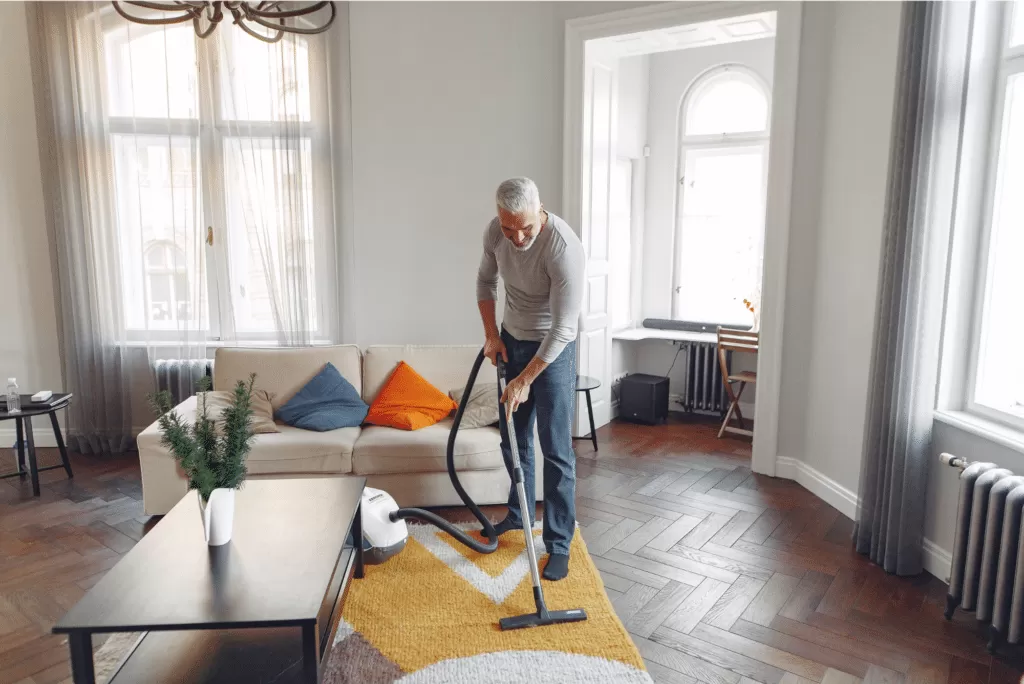HEPA vacuums excel in allergen elimination due to their advanced filtration technology, specifically designed to capture and retain microscopic particles that conventional vacuum cleaners might miss. Here’s a detailed explanation of how HEPA vacuums achieve effective allergen elimination:
1. **High-Efficiency Particulate Air (HEPA) Filter:**
– HEPA filters are the core component of HEPA vacuums. These filters are made of densely packed fibers arranged in a random pattern. The design is such that it allows air to pass through while capturing particles.
2. **Filtration Efficiency:**
– HEPA filters are known for their high filtration efficiency. They are capable of trapping particles as small as 0.3 microns with an efficiency rating of 99.97%. This means that 99.97% of particles of 0.3 microns or larger are captured by the filter.
3. **Capture of Microscopic Allergens:**
– Microscopic allergens, such as pollen, pet dander, mold spores, and dust mites, are common triggers for allergies. HEPA filters are specifically designed to capture these tiny particles, preventing them from being released back into the air during the vacuuming process.
4. **Sealed Vacuum Systems:**
– Many HEPA vacuum models are equipped with sealed systems. This means that the entire vacuum is designed to be airtight, preventing any leakage of unfiltered air. Sealed systems ensure that once the allergens are captured by the HEPA filter, they are contained and cannot escape back into the environment.
5. **Multi-Stage Filtration:**
– HEPA vacuums often feature multi-stage filtration systems. In addition to the HEPA filter, they may include pre-filters and post-filters. Pre-filters capture larger particles, preventing them from clogging the HEPA filter, while post-filters provide an additional layer of filtration for the air leaving the vacuum.
6. **Regular Maintenance:**
– Regular maintenance of HEPA vacuums is crucial for sustained allergen elimination. This includes cleaning or replacing filters according to the manufacturer’s recommendations. Keeping the vacuum in good condition ensures optimal performance and continued effectiveness in trapping allergens.
7. **Reduced Cross-Contamination:**
– Conventional vacuums may release captured particles back into the air or onto surfaces during the vacuuming process. HEPA vacuums, with their high filtration efficiency and sealed systems, significantly reduce the risk of cross-contamination, ensuring that allergens remain trapped within the vacuum.
In summary, HEPA vacuums achieve allergen elimination through their specialized filters, high filtration efficiency, sealed systems, and multi-stage filtration. These features work in harmony to capture and contain microscopic allergens, making HEPA vacuums an invaluable tool for individuals with allergies or those seeking a cleaner and healthier indoor environment.




